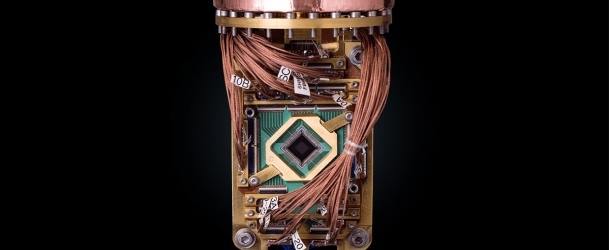Quantum Computing Enables Simulations to Unravel Mysteries of Magnetic Materials

(Phys.org) A multi-institutional team became the first to generate accurate results from materials science simulations on a quantum computer that can be verified with neutron scattering experiments and other practical techniques.
Researchers from the Department of Energy’s Oak Ridge National Laboratory; the University of Tennessee, Knoxville; Purdue University and D-Wave Systems harnessed the power of quantum annealing, a form of quantum computing, by embedding an existing model into a quantum computer.
“The underlying method behind solving materials science problems on quantum computers had already been developed, but it was all theoretical,” said Paul Kairys, a student at UT Knoxville’s Bredesen Center for Interdisciplinary Research and Graduate Education who led ORNL’s contributions to the project. “We developed new solutions to enable materials simulations on real-world quantum devices.”
“We are encouraged that the novel quantum annealing platform can directly help us understand materials with complicated magnetic phases, even those that have multiple defects,” said co-corresponding author Arnab Banerjee, an assistant professor at Purdue. “This capability will help us make sense of real material data from a variety of neutron scattering, magnetic susceptibility and heat capacity experiments, which can be very difficult otherwise.”


















